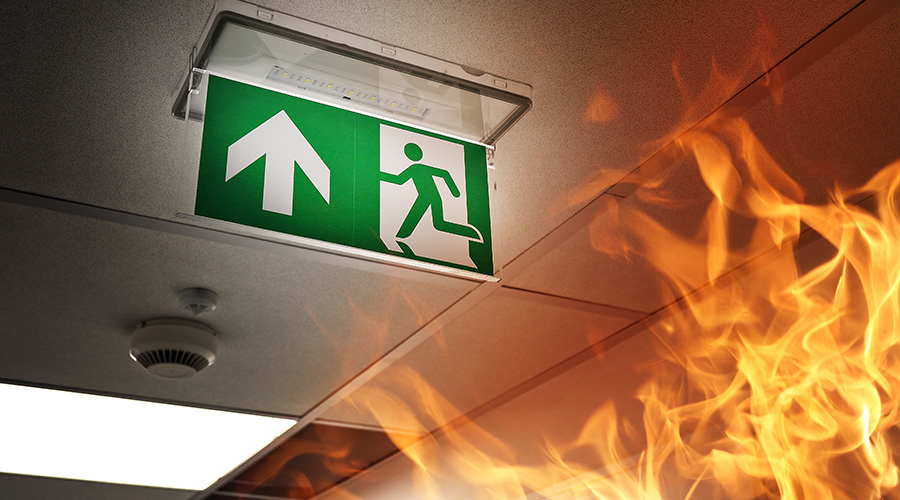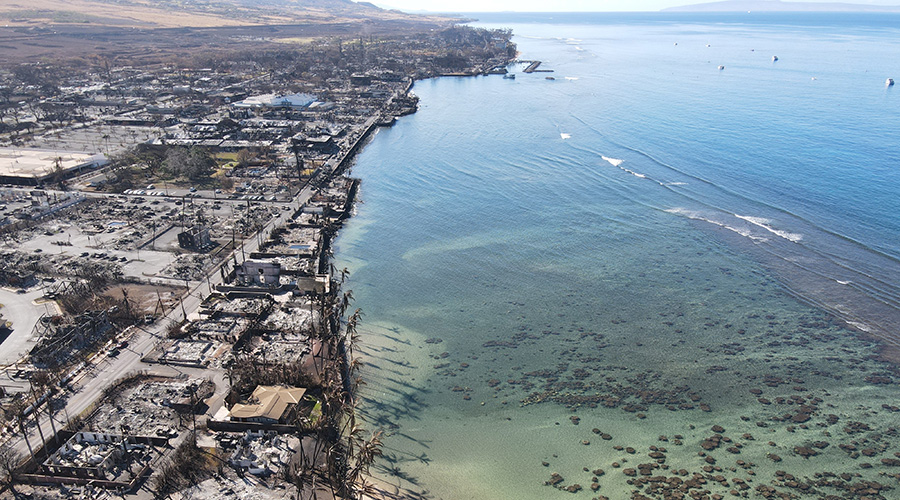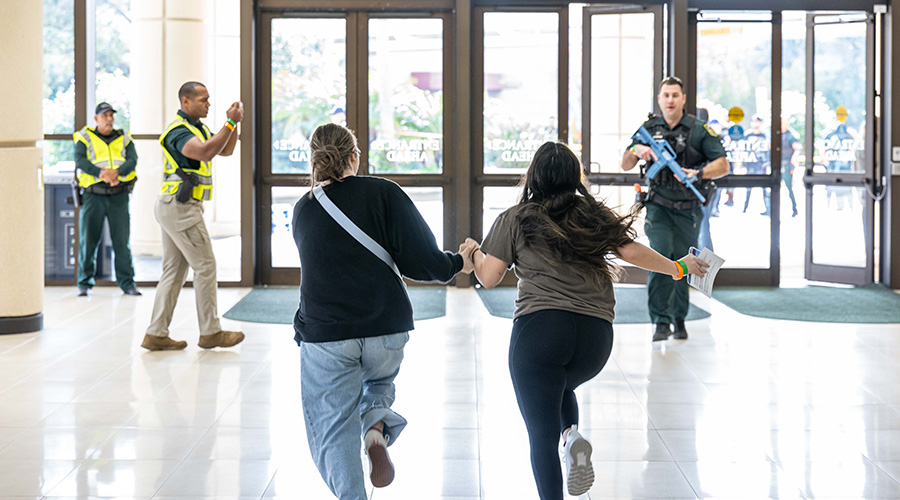9/11, One Year Later
 Not surprisingly, it has been a difficult year for NYU Downtown Hospital. Sitting just five blocks from the site of the World Trade Center, the hospital and its employees bore the brunt of the dust, destruction and chaos that reigned in lower Manhattan after the Sept. 11 attacks.
Not surprisingly, it has been a difficult year for NYU Downtown Hospital. Sitting just five blocks from the site of the World Trade Center, the hospital and its employees bore the brunt of the dust, destruction and chaos that reigned in lower Manhattan after the Sept. 11 attacks.
The managers and staffs of the hospital’s maintenance, engineering, housekeeping and food service departments shouldered much of the burden of keeping the hospital open and safely functioning in the days and weeks following the attacks. For more, see “Engineering at Ground Zero” in the November 2001 Maintenance Solutions.
With a resilient mix of teamwork, devotion, ingenuity and hard work, they tackled difficult tasks, including sealing doors and windows, changing clogged air filters, cleaning up massive amounts of dust, and keeping the 170-bed facility’s generator running at all times. But as monumental as those tasks were, the hardest part was yet to come.
“We’re looking at a very difficult situation,” says Michael Rawlings, the hospital’s director of engineering. Perhaps most alarmingly, the disruptions caused by the attacks have hampered the hospital’s revenue stream, putting the hospital in a difficult financial situation, he says, adding that “massive staff layoffs” seem inevitable.
Staff morale, he says, is “very low” and getting worse.
On a positive note, the hospital is undergoing physical changes resulting from the attacks. About $1.9 million in federal funds are on the way for three projects designed to protect the hospital and its occupants and patients in an emergency — new air curtains at entrances, new outside air dampers, and a new portable steam generator for sterilizing medical devices.
Still, the financial problems have made it more difficult in almost every way for Rawlings and his staff. People who leave are not replaced and their positions are cut to save money, meaning others must pick up the slack. Certainly, Rawlings can point to some positive results of the situation.
“It brought the department together in terms of teamwork,” he says. And he has spoken to hospital engineering groups about emergency preparedness, which he hopes will his spur peers to take important actions to prepare for the worst.
But for the most part, he says, the last year has been a struggle. In an assessment that could be as much about NYU Downtown hospital as about the surrounding neighborhood, Rawlings says this:
“Lower Manhattan is not the place it was a year and a half ago.”
This issue marks a new look for
Maintenance Solutions, as well as new columns and features, all with a goal of bringing you a wider variety of information and an updated look. Let us know what you think of the changes.
Related Topics:








 Not surprisingly, it has been a difficult year for NYU Downtown Hospital. Sitting just five blocks from the site of the World Trade Center, the hospital and its employees bore the brunt of the dust, destruction and chaos that reigned in lower Manhattan after the Sept. 11 attacks.
Not surprisingly, it has been a difficult year for NYU Downtown Hospital. Sitting just five blocks from the site of the World Trade Center, the hospital and its employees bore the brunt of the dust, destruction and chaos that reigned in lower Manhattan after the Sept. 11 attacks.


